Photography has become a prevalent practice in the digital age, and wildlife photography is no exception. Is photographing animals any easier now with the access we have to technology. With a decent camera in hand, snapping away at an aloft magpie or a resting zebra is well within one’s reach. However, the abundance of similar wildlife shots on social media also means it’s easy to forget what wildlife photography is really about and its value as a form of art.
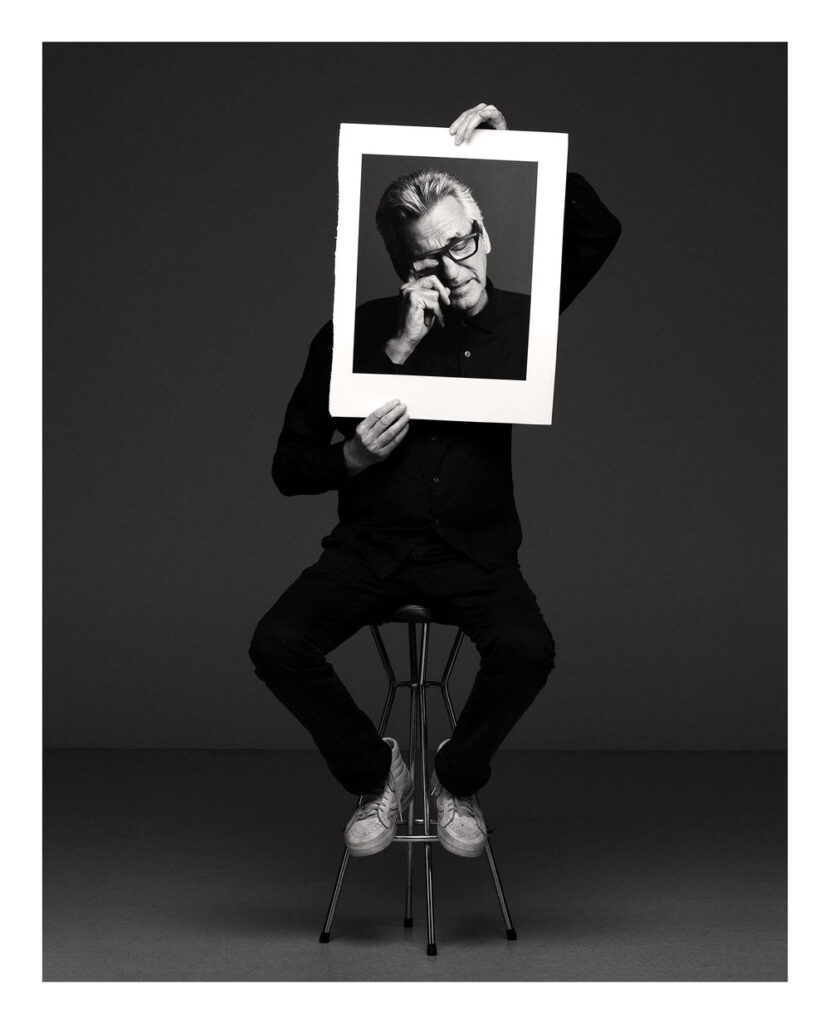
Photographing Animals
In an era of lessened patience and heightened desire for quick results, FUJIFILM X Photographer Gary Heery remains committed to creating art that is experimental, insightful and unconventional.
Gary’s latest collection Birdscape is intended to “create idealised worlds where birds have reclaimed their place in the landscape, in response to the degradation of our natural environment”. Following this launch, Gary shares his thoughts on the qualities needed for photographing wildlife in a digital world – and in your own style.
Make use of resources
Beginner photographers starting in wildlife and every other genre should make use of external resources to accumulate knowledge and build an artistic sense. If there’s a photo gallery or show, go visit them. If there are art books available, read as many as you can. It might even help to look at old-fashioned paintings as they can train your eyes to recognise and appreciate the finest of framing and composition.
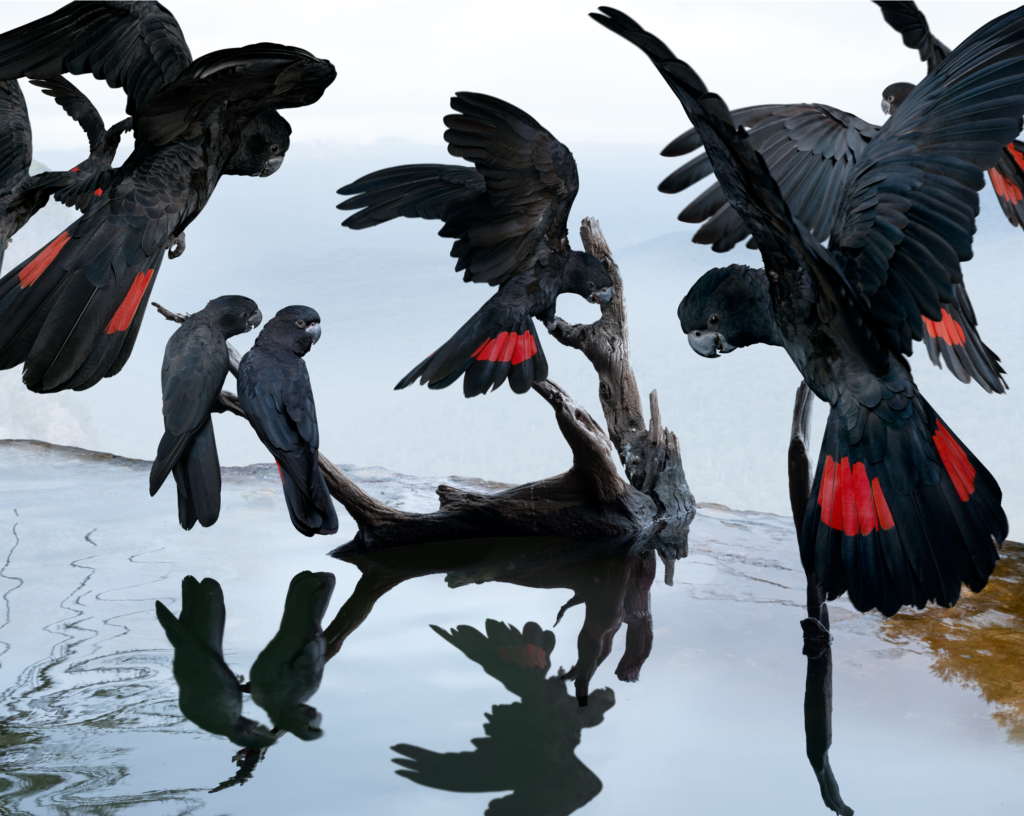
Patience is key
A main characteristic of wildlife is unexpectedness. You never know what kind of movement your animal subject will engage in the next second. This makes it critical to stay constantly attentive to capture any compelling moments when photographing them. An extremely high shutter speed, such as at 1/400 seconds, coupled with a large aperture, will be the key to taking sharp, crisp images. If you can get your camera on a tripod, that’s even better. At the same time, it’s important to shoot with patience; to sit down, set the camera up, clear your mind and think about how you’re going to fill the frame up perfectly.
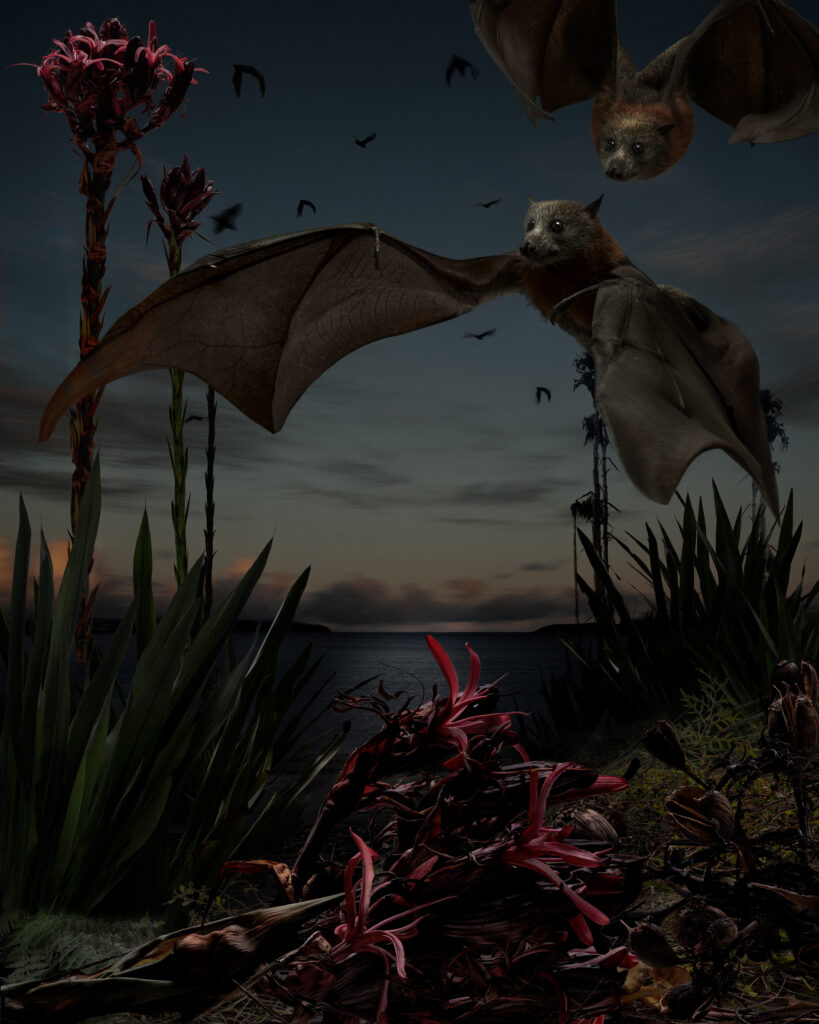
Make use of resources
Beginner photographers starting in wildlife and every other genre should make use of external resources to accumulate knowledge and build an artistic sense. If there’s a photo gallery or show, go visit them. If there are art books available, read as many as you can. It might even help to look at old-fashioned paintings as they can train your eyes to recognise and appreciate the finest of framing and composition in photographing any subject.
One camera, one lens, one mind
It’s easy to become gear-oriented when you’re just starting out. Beginners should firstly become familiar with one camera and one lens, focussing on mastering using them until it becomes second nature and it’s time to expand your photography equipment range. I’ve been using my FUJIFILM GFX50S and two lenses – GF63mmF2.8 R WR and GF120mmF4 – for a number of years and they still serve me well. The 63mm is perfect for wildlife due to its large aperture. Paired with the GFX50S’s fast shutter speed, the lens helps deliver sharp, detailed images that highlight the best of animal movements.
By starting out with just a few pieces of gear, you are able to focus more on developing techniques and skills that will go a long way. This will also help you to appreciate photography in the stories they tell rather than their specs and help you up your skillset in photographing any subject.
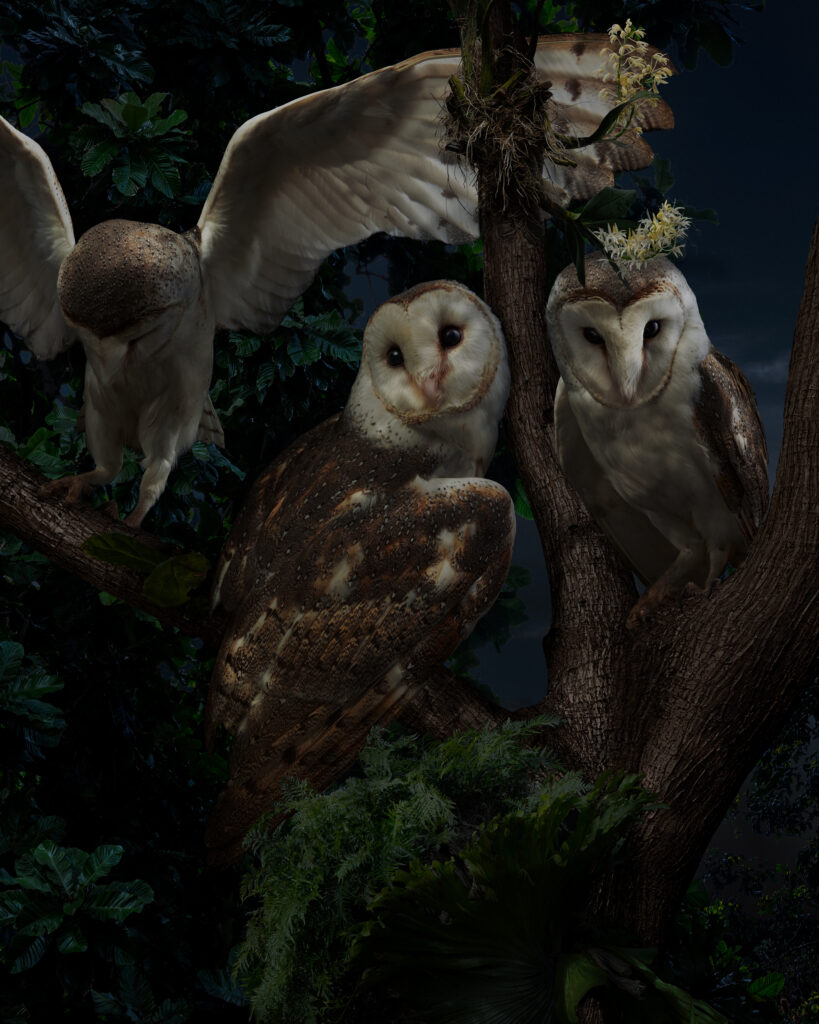
Think like an artist
While techniques are important, being too fixated on them could strip away the real fun in photography and its potential to come off as an authentic piece of art. Rather than trying to nail the perfect shot to amaze others, ask yourself what can tug at your own heartstrings. Is it the genuine laughter of a family reunion? Is it someone’s complexion that has faded overtime? For me, it was the vitality of birds in their natural habitat. To visualise my ideas, I created montages combining multiple photographs of birds, flora and fauna, to illustrate a world of harmonious living. This is how Birdscape came about.
In short, don’t be afraid to think bold and be experimental in the way you approach to photographing whether its animals or people.
Most importantly, have a real immersion
There’s so much more about photography that goes beyond pressing the shutter release button. The history of photography is one I encourage all enthusiasts to learn about. Try to trace photography from the invention of the camera, familiarise yourself with the coming of photography and the artists that created defining moments throughout the past few decades. From there, you will gradually develop an artist’s mindset and find your own style.
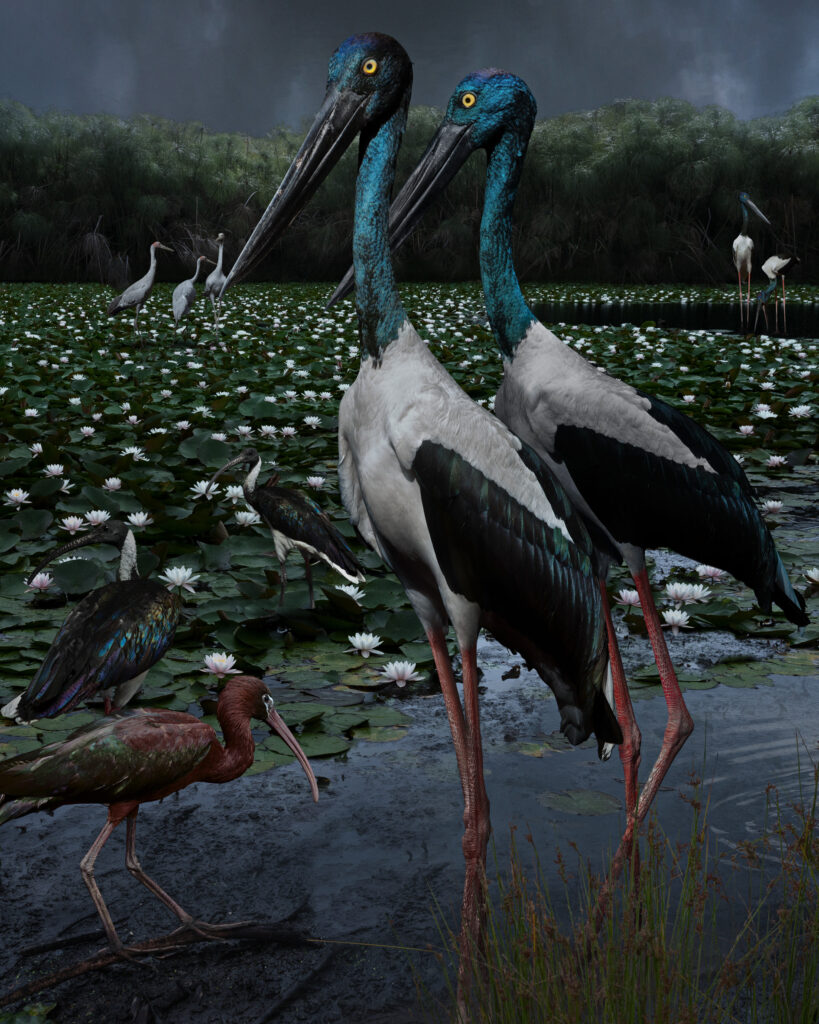
Gary Heery is a prominent Australian photographer, creative artist and keynote speaker, well-known for his ability to capture the true essence of photographic subjects.
Fujifilm Australia
Edited by Arrnott Olssen
